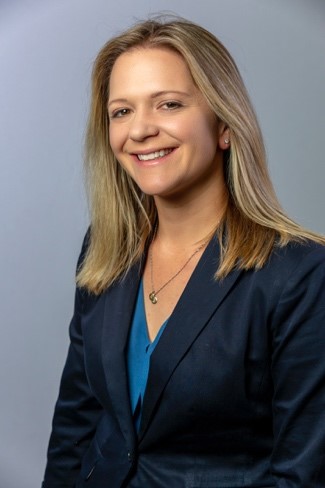Recent inertial confinement fusion experiments at NIF reaching 1.35 MJ and the Lawson criterion for ignition
 SPEAKER:
DR. ANDREA (ANNIE) L. KRITCHER
DATE/TIME:
FRI, 01/28/2022 – 3:00PM TO 4:00PM
LOCATION:
via Zoom
Spring 2022 Colloquium Series
Abstract:
SPEAKER:
DR. ANDREA (ANNIE) L. KRITCHER
DATE/TIME:
FRI, 01/28/2022 – 3:00PM TO 4:00PM
LOCATION:
via Zoom
Spring 2022 Colloquium Series
Abstract:
The inertial fusion community have been working towards ignition for decades, since the idea of inertial confinement fusion (ICF) was first proposed by Nuckolls, et al., in 1972. On August 8, 2021, the Lawson criterion for ignition was finally demonstrated in the laboratory on the National Ignition Facility (NIF) in Northern California. The experiment, N210808, produced a fusion yield of 1.35 MJ from 1.9 MJ of laser energy and appears to have crossed the tipping-point of thermodynamic instability according to several ignition metrics. The “indirect” ICF approach at NIF described in this talk uses a hohlraum radiation cavity to heat and ablate the outside of a capsule that contains Deuterium-Tritium (DT) fusion fuel. This ablation causes the fuel to accelerate inward (implode) at high velocities doing work on a central lower density “hot spot” of DT fuel, increasing the temperature and density of the hot spot to the extreme conditions required for fusion. This presentation discusses the development of a platform that increased the hot-spot energy and hot-spot pressure, to achieve record ICF performance.
About the Speaker:Dr. Annie Kritcher is the HYBRID-E design lead within the ICF program and is a member of the ICF leadership team. She serves as team lead for integrated implosion modeling and is a group leader within the design physics division at LLNL. Annie started at the Lab as a summer intern in 2004, was an LLNL Lawrence Scholar during her time at UC Berkeley, and was a Lawrence postdoctoral fellow in 2009 following completion of her Ph.D. Her current main areas of interest include the design and analysis of inertial confinement fusion experiments (ICF) and high energy density plasmas. She is also interested in extreme equations of state (EOS) measurements. Her work has led to both the highest fusion yields (>1.35 MJ) and the highest EOS measurements ever achieved in the laboratory.